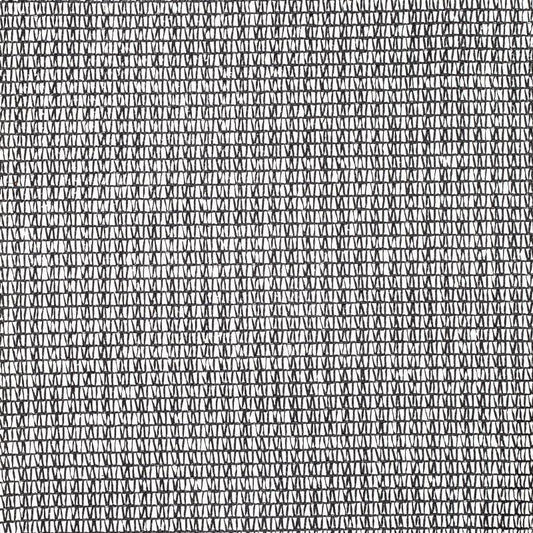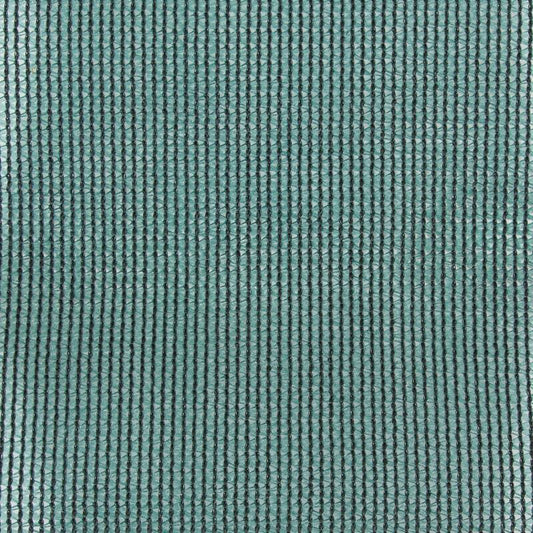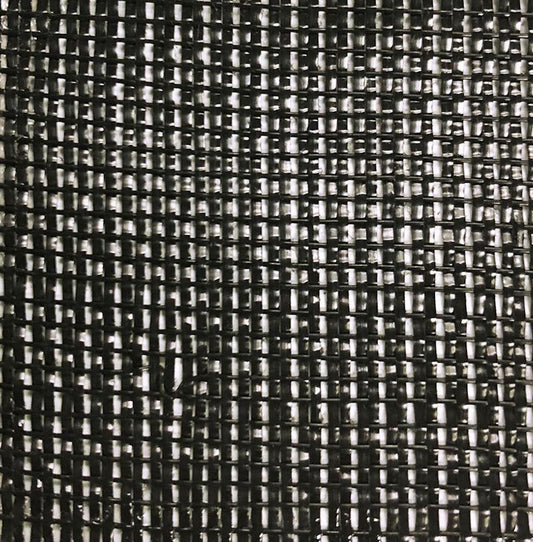
Understanding Garden Shade Cloth Material
Garden shade cloth material is a versatile shade fabric designed to protect plants by controlling sunlight exposure. Whether you need shade cloth for your vegetable garden, for your patio, or for a greenhouse garden, these fabrics help optimize the growing season and promote healthy plant growth by shielding from harsh UV rays. Available in various densities and colors, this shade cloth offers customizable light control to ensure your garden thrives.
Benefits of Shade Cloth for Plants and Gardens
Using shade cloth for plants provides key advantages:
- Temperature regulation: Creates comfortable garden shade, preventing sunburn on hot days.
- UV rays protection: Acts as a barrier against harmful sun exposure.
- Water conservation: Reduces soil moisture evaporation.
- Weather protection: Shields crops from wind, hail, and frost.
- Improved plant health: Supports better plant growth by managing light exposure.
For detailed tips on protecting plants from sun damage, check out our guide on how to protect from sunburn with shade cloth.
Applications: Tree Shade Cover to Greenhouse Shade
The many uses of shade cloth:
-
Tree shade cloth or tree shade cover: Protects trees from sunburn and excessive heat.
-
Shade cloth for greenhouse: Controls greenhouse shade to reduce heat buildup and improve air flow.
-
Shade cloth for vegetable garden: Optimizes light for sensitive crops.
-
Plant shade cover: Ideal for container gardens needing sun protection.
Learn more about installation and use in our shade cloth how-to video.
Choosing the Right Types of Shading and Shade Fabric
Selecting the best types of shading depends on your plants’ needs:
-
Density: Blocks 30%-80% of sunlight—choose based on your garden’s light needs.
-
Color: Black, green, or other hues affect light quality differently.
-
Size and installation: Proper sizing and a secure setup maximize effectiveness.
For sensitive trees like citrus, see our article on sunlight sensitivity of citrus trees and how to protect them.
Installation and Maintenance Tips
Maximize your garden shade cloth benefits by:
- Using a sturdy support frame or trellis.
- Cleaning regularly to maintain light penetration.
- Considering adjustable systems for flexibility as plants grow.
- Monitoring plant growth and adjusting shading throughout the growing season.
Shop Our Garden Shade Cloth Material
Explore our durable, UV-resistant garden shade cloth material options, from 47% to 80% density, available in various widths and sold by the foot for custom sizing. Perfect for long-term use in shade cloth for garden and shade cloth for greenhouse setups.
Choose your ideal product and add to cart now to start protecting plants and enhancing your garden’s health.
By choosing the right shade cloth for garden applications, you ensure optimal plant protection and boost your garden’s success season after season.









